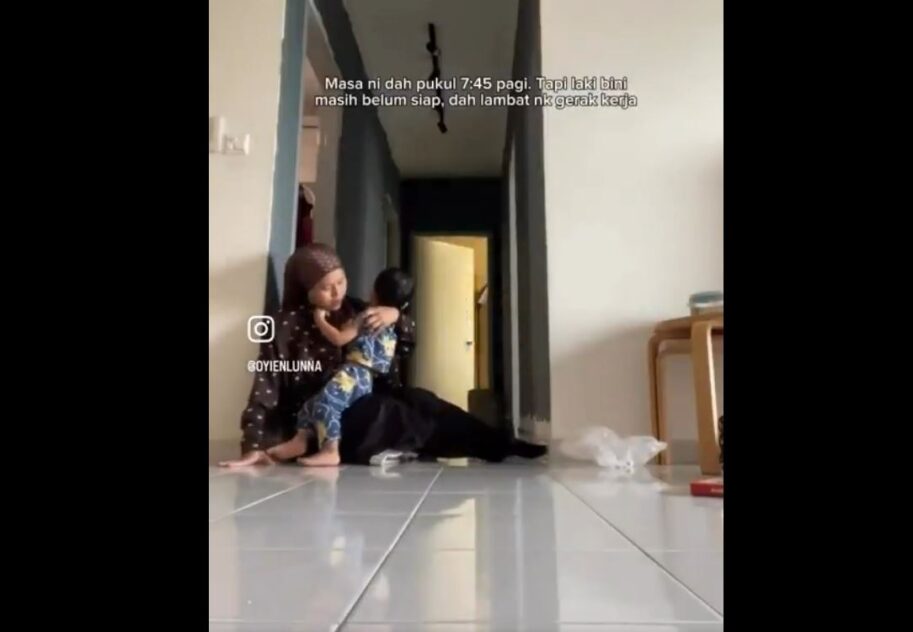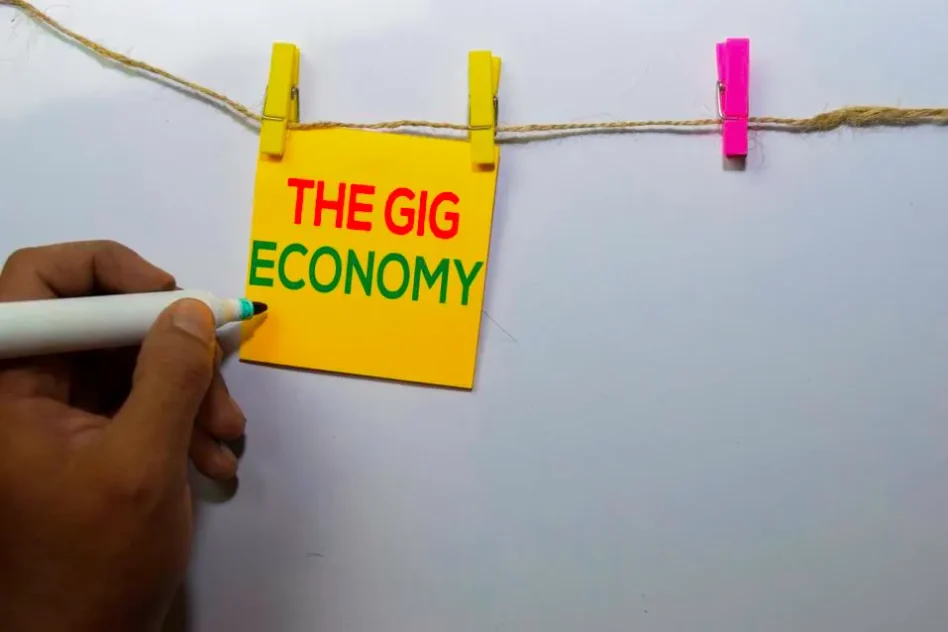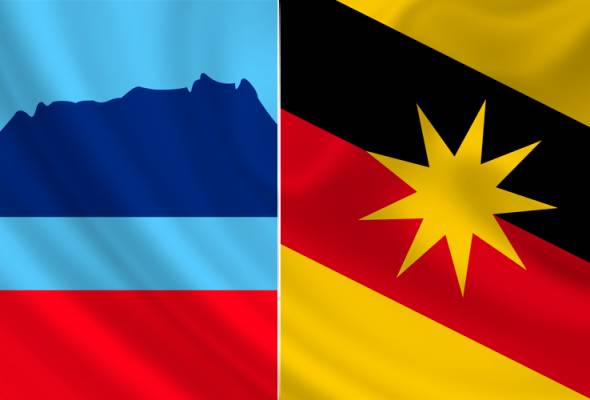THE Finance Minister is expected to hand down a “Secure, Accelerate, and Rebuild” Budget 2022 on Oct 29 amid persistent potential virus spread and external uncertainties.
Under the National Recovery Plan (NRP), the economy has re-opened in stages with some relaxation of movement restrictions, raising hopes for picking-up in economic and business activities in 4Q 2021.
The uneven global recovery remains subject to downside risks. Many countries are still racing against time to vaccinate their populace as the highly contagious and deadlier Delta variant spreads faster.
The global economy is estimated to grow at a slower pace of 4.9% in 2022 from +6.0% in 2021; international trade to grow by 7.0% in 2022 (+9.7% in 2021) while Brent crude oil price should hold steady (US$63/barrel in 2022 vs US$65 in 2021).
Stagflation concerns and the uncertain future path of monetary policy and tapering of assets purchase in some advanced economies would trigger higher volatility in both the financial and foreign exchange markets.

Co-existing with COVID-19
Malaysia is still mired in an uneven economic recovery spectre. There is growth divergence across sectors; some businesses are still struggling with jobless rate remains high at 4.8% in July.
As we re-build our shattered domestic economy, Budget 2022’s priorities must be framed to continue to keep Malaysia safe from living with the COVID-19 flu-like endemic; accelerate the recovery and re-construct from the deep economic scarring.
The immediate priorities are to re-build and sustain public confidence and trust. Along with the on-going vaccination, we must maintain high preparedness to ensure sufficient intensive care capacity in hospitals to cope with the pandemic as we move into co-existing with the virus in the endemic phase (probably in October 2021).
Next is to facilitate and secure the economic and business recovery with more emphasis on broader fiscal and financial supports for affected households and firms, re-allocation of labour and capital to growing sectors through targeted hiring subsidies, jobs creation and re-training as well as financing mechanisms.
Finally, to invest in the future by accelerating digitalisation and technology and automation, boosting productivity as well as competitiveness, accelerating the transition towards green and environmental growth as well as environment, social and governance (ESG) best practices, and ensuring that economic gains are equitably shared as outlined in the Shared Prosperity Vision 2030.
How large will be total allocation for Budget 2022? We have had the largest ever initial total allocation of RM322.5 bil or 20.6% of gross domestic product (GDP) for Budget 2021, of which RM69 bil or 21.4% of total national budget was reserved as development expenditure.
Total allocation also included a RM27 bil Special COVID-19 Fund which was established for the funding of the COVID-19 related financial relief and assistance programmes. At the end of the day, however, the total allocation was revised lower to RM314.8 bil.
What to expect for Budget 2022
The Budget 2022’s total expenditure allocation is expected to be lower at around RM310 bil, of which RM60 bil-RM65 bil is for development expenditure.
The Special COVID-19 Fund is expected to be lower at RM18 bil-RM20 bil due to lower allocation as well as some non-recurrence of one-off large financial assistance programmes in 2020-2021.
We estimate an overall budget deficit of between -5.5% and -6% of GDP in 2022 (estimated between -6.5% and -7% in 2021).
Federal revenue collection is projected to recover moderately in 2022 in tandem with projected economic recovery, improvement in business profit and households’ income while the collection of sales and service tax (SST) will be supported by a pick-up in consumer spending and tourism-related spending in accommodation, food and beverages.
Steady Brent crude oil prices estimated at US$65-US$70/barrel will help to keep petroleum income tax stable while PETRONAS’ dividend is expected to remain substantial at RM25 bil in 2022.
An estimated RM500 mil to RM2.5 bil investment income contribution can also be expected from Khazanah Nasional Bhd, Bank Negara Malaysia and some government-linked companies (GLCs).
The overall net financing of the Budget 2022 will largely be tapped from domestic sources while the Federal Government’s debt ceiling will be raised to 65% of GDP from 60% to allow fiscal space to meet contingency expenditure to support a firmer economic recovery.
Fiscal expenditure and actions should be nested within a credible medium-term fiscal stability framework to ensure that fiscal deficit and debt remain sustainable. – Oct 11, 2021
Lee Heng Guie is the executive director of the think-tank, Socio-Economic Research Centre (SERC).
The views expressed are solely of the author and do not necessarily reflect those of Focus Malaysia.









